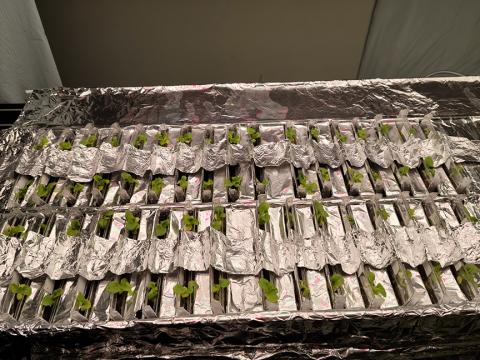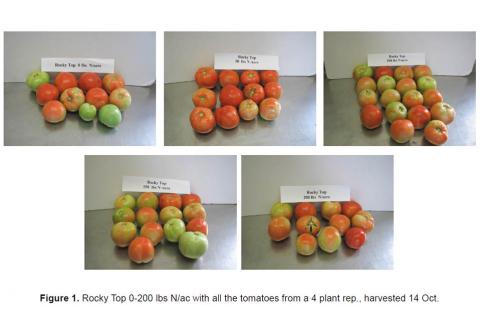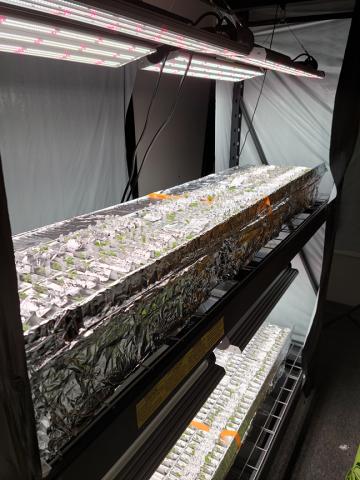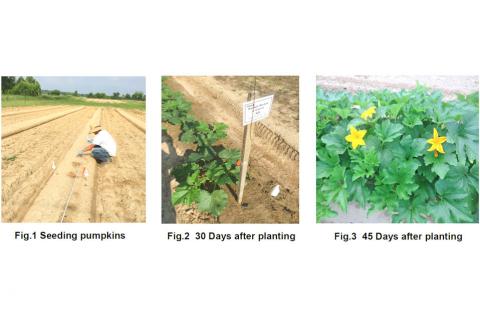Featured Research
Research
-
Kale Variety Trial On White and Black Plastic Mulch Fall Plantings at Two Locations in Mississippi
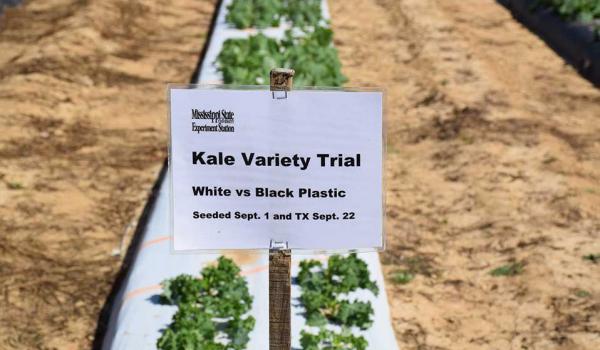
Introduction: Kale (Brassica oleracea) is a popular cold season vegetable crop that is high yielding and nutrient dense. Kale is usually grown under black plastic mulch when transplanted in the spring or fall growing season. Differences in plastic mulch color, such as black and white, can give advantages to vegetable crop growth, yield, and quality in either season. Therefore, the purpose of this project is to evaluate 13 kale varieties (Table 1) for marketable yield and quality in the fall 2015 and spring 2016 seasons under black or white plastic mulch.
-
Pumpkin Variety Trial at the North Mississippi Research and Extension Center
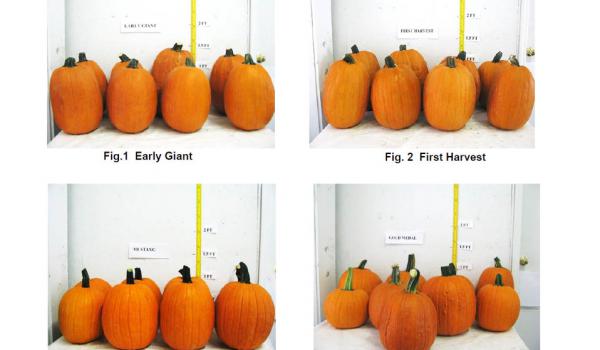
Materials and Methods: New developments in disease resistance and market demand have increased the interest in growing pumpkins. New varieties of pumpkins with differing disease resistance packages are offered annually from numerous seed companies. This study was conducted to evaluate the yield of 16 cultivars of pumpkin grown in northern Mississippi in 2013 & 2014(Table1).
-
Effects of Organic Biofungicides vs. Conventional Fungicides on Powdery Mildew in Pumpkins
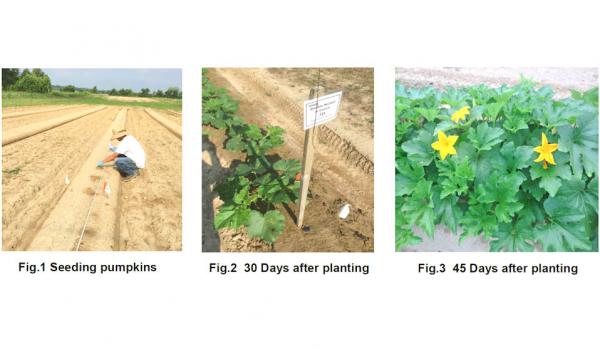
Introduction: In the Southeastern U.S. there are challenges growing pumpkins (Cucurbita pepo), such as hot and humid weather and disease pressures. In North Mississippi a major pest that infects pumpkins is powdery mildew (Sphaerotheca sp.), a fungal disease that causes a decrease in photosynthesis and extensive early defoliation. Growers are advised to choose resistant varieties and spray with fungicides every 7-10 days to achieve acceptable yields.
-
Tomato Nitrogen Rate Study
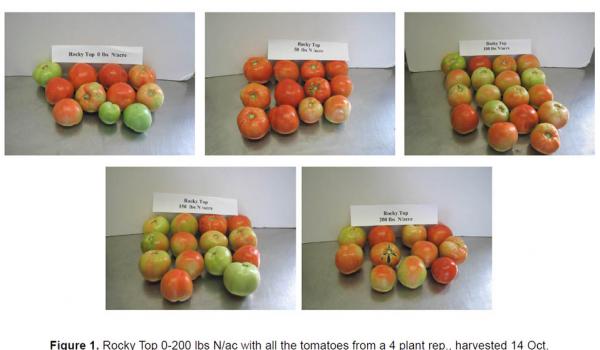
Introduction: The standard recommendation for tomatoes from the Mississippi State University Soil Testing Lab is 120lbs of actual Nitrogen per acre (N/ac). A number of Mississippi growers and extension agents have questioned if this was adequate. In the 2014 Vegetable Crop Handbook for Southeastern United States 200. 5lbs of N/ac is the recommended rate. This study was conducted to determine yield differences from the Nitrogen rates of 0, 50, 100, 150, and 200lbs N/ac applied in split applications to 3 tomato varieties, field grown in north Mississippi.
-
LED Light Intensity for Microgreens
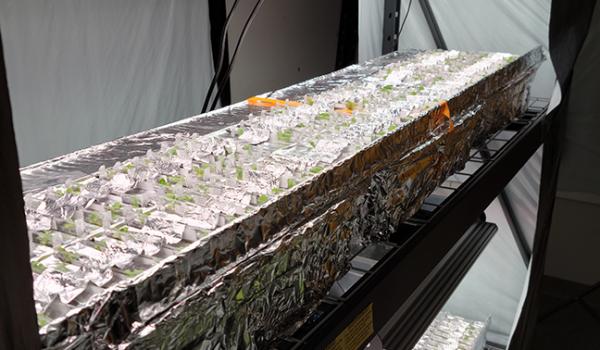
Recent research projects were initiated to optimize microgreens growth and postharvest quality using new lighting technology with LED Grow Lights. In this study we are growing four microgreen species (Basil, Cilantro, Chard, and Sunflower) under three light intensities and treating them with three different post-germination spray treatments to determine their biomass accumulation and postharvest storability.
-
Seed Priming of Lettuce for Salt Tolerance
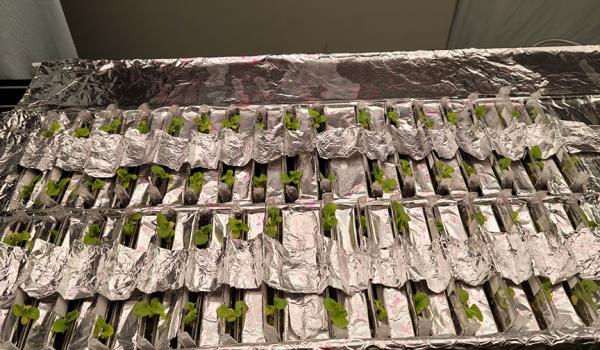
Salt stress is a significant abiotic stresses that affect crop production in arid and semiarid areas. Seed germination and seedling growth are the stages most sensitive to salt stress. Salt stress causes adverse physiological and biochemical changes in germinating seeds. It can affect the seed germination and stand establishment through osmotic stress, ion-specific effects, and oxidative stress.

